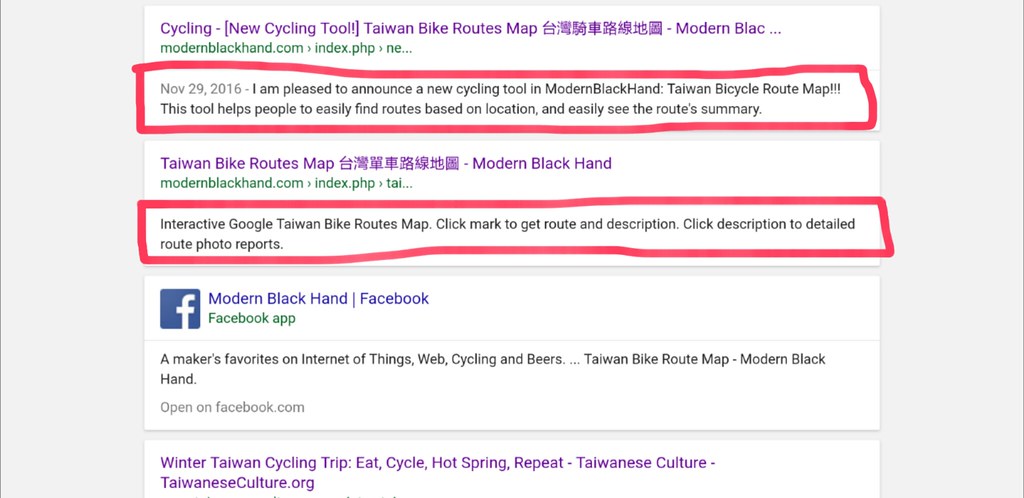A meta description is a short description of a webpage that is typically shown in the search results of a search engine. The meta description is meant to give the searcher an idea of what the page is about so that they can decide whether or not to click through to the page.
Meta descriptions are not a ranking factor for search engines, but they can be a factor in whether or not someone clicks through to your page.
Why meta descriptions not used for ranking pages by search engines
Meta descriptions are not used for ranking pages by search engines for a number of reasons. Firstly, they are not as reliable as other signals such as on-page content and link popularity.
Secondly, they can be easily manipulated by webmasters, making it difficult for search engines to trust them.
Finally, meta descriptions are not a good indicator of the quality of a web page, so they are not as useful for ranking purposes as other factors.
But if meta descriptions are not used by search engines to rank pages, why should people spend time and effort to write them? Let us see some of the reasons.
Benefits of writing meta descriptions
Meta descriptions are designed to give searchers a snapshot of what the page is about, and can be a powerful tool in driving clicks to your website. There are several benefits to writing effective meta descriptions:
First, an interesting and well-written meta description can help entice searchers to click through to your website, rather than another site listed in the SERP. This can lead to more traffic and potential customers for your business.
Second, a well-crafted meta description can also help improve your website’s click-through rate (CTR), which is a key factor in search engine optimization (SEO). A higher CTR can lead to a higher ranking in the SERP, as well as more organic traffic to your website.
Lastly, a meta description can help give searchers a better idea of what your website is about, which can improve the overall user experience. By providing a snapshot of your website’s content, a meta description can help reduce the bounce rate, or the number of people who leave your site after only viewing one page.
Overall, a meta description is a valuable tool in helping improve your website’s visibility and click-through rate, and can also lead to more organic traffic and potential customers.
How to write an effective meta description?
Here are some things you can do to write an effective meta description
- It should be concise and to the point, preferably under 155 characters.
- The meta description should accurately reflect the page’s content and target the page’s audience.
- Use keyword-rich phrases that are likely to be searched for by your target audience.
- Avoid keyword stuffing, which is the practice of cramming too many keywords into the meta description in an attempt to manipulate the SERP.
- Make sure your meta description is unique to each page on your website.
- Include a call to action (CTA) in your meta description to encourage clicks through to your website.
- Use natural language and avoid jargon or technical terms.
- Proofread your meta description before publishing it to avoid any typos or grammatical errors.
- Finally, use a tool like Google Analytics to track the click-through rates of your meta descriptions and see what works best.
Conclusion
A meta description is a short summary of a web page’s content. It is typically used by search engines to display a page in search results. A good meta description can help improve a web page’s click-through rate, which is an important factor in search engine ranking algorithms.
While meta descriptions are not required by search engines, they can be a helpful way to improve a web page’s click-through rate. In general, it is a good idea to write meta descriptions for all of your web pages.


Leave a Reply